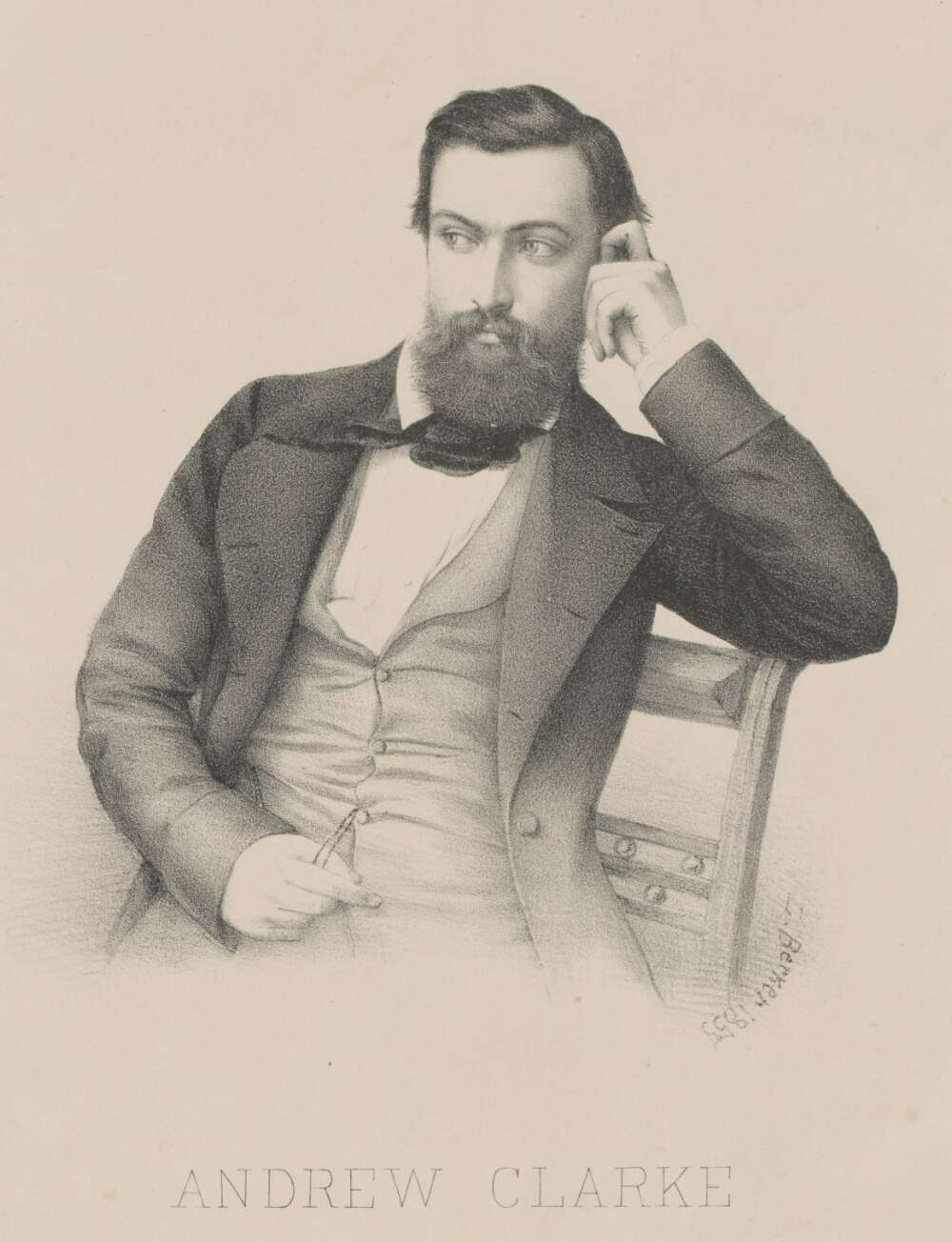Sir Andrew Clarke RE MLA
Establishing roads, railways and the foundation for Melbourne Royal
Sir Andrew Clarke RE MLA is best known for routing roads, establishing railways and bringing the first electric telegraph to the colony when he was surveyor-general, but it is his impact on agricultural shows that is remembered by Melbourne Royal.
Bulky and ruggedly handsome, with strong features and soldierly stance, hasty but kind, Clarke had the gift of universal popularity. The colonists christened him 'Spicy Andrew'.
He had a colourful career in Australia, instigated when his father, then governor of Western Australia, encouraged Andrew to leave the motherland. His father died only a month after Andrew arrived in Hobart Town on 26 January 1849.
In Tasmania, he was a superintendent for convict labour and surveyed the area around Hobart, designing wharf accommodation before being invited to replace the surveyor-general of Victoria. Clarke entered enthusiastically into his new duties, travelling widely in the colony, noting routes for roads and railways, supervising surveys and land sales. He entered the Victorian Legislative Council in August 1853 where he was responsible for much of the planning of Victoria's first railways.
Clarke’s impact on agricultural shows relates to the Port Phillip Farmers Society (PPFS) which was established to, amongst other activities, run agricultural competitions similar to those held in the United Kingdom and attempt to effect an improvement in the standard of ploughing in the colony. Clarke, who occupied the positions of vice president and president, was the catalyst for its evolution into the nation's first Board of Agriculture when, in January 1857, he sought Government funding for agricultural show societies and the Government subsequently indicated its wish that a body representing the agricultural interests of all parts of the colony be established. A Board of Agriculture was established in July 1857 to meet periodically in Melbourne so as to form a ready means of communication upon all matters affecting those interests, and ensure as far as possible the disbursement of those votes to the greatest advantage for the whole agricultural body across the colony.
It was also the basis for today’s Melbourne Royal. In June 1870 the PPFS vested its assets in trustees with power to transfer them to an approved new agricultural society, founded on a national basis “similar to the Royal of England or the Highland Society of Scotland” called the National Agricultural Society of Victoria. In May 1890, the title “Royal” was bestowed and the National Agricultural Society of Victoria became the Royal Agricultural Society of Victoria with its offices situated in Temple Court, Collins Street, Melbourne.

Hero image by L. Becker, courtesy of the National Library of Australia.

